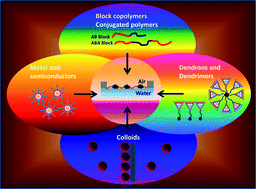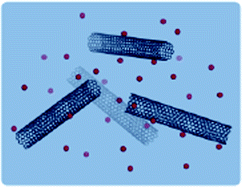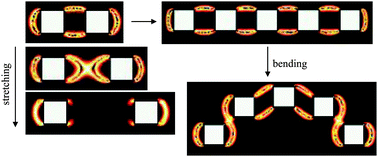Do you know someone who deserves recognition for their contribution to the soft matter field?
Now is your chance to propose they receive the accolade they deserve.
Nominations are currently being accepted for the 2012 Soft Matter Lectureship. This annual Lectureship was established by the journal in 2009 to honour a younger scientist who has made a significant contribution to the soft matter field.
Michael J. Solomon, University of Michigan Ann Arbor, was the 2011 winner. Solomon’s research addresses questions about the structure and function of soft matter.
Nominations for the 2012 Soft Matter Lectureship close on 31 March 2012.
Qualification
To be eligible for the Soft Matter Lectureship, the candidate should be in the earlier stages of their scientific career, typically within 15 years of attaining their doctorate or equivalent degree, and will have made a significant contribution to the field.
Description
The recipient of the Lectureship will be asked to present a lecture three times, one of which will be located in the home country of the recipient. The Soft Matter Editorial Office will provide the sum of £1000 to the recipient for travel and accommodation costs.
The recipient will be presented with the Lectureship at one of the three lectures. They will also be asked to contribute a lead article to the journal and will have their work showcased on the back cover of the issue in which their article is published.
Selection
The recipient of the Lectureship will be selected and endorsed by the Soft Matter Editorial Board.
Nominations
Those wishing to make a nomination should send details of the nominee, including a brief C.V. (no longer than 2 pages A4) together with a letter (no longer than 2 pages A4) supporting the nomination, to the Soft Matter Editorial Office (softmatter-rsc@rsc.org) by 31 March 2012. Self nomination is not permitted.


















